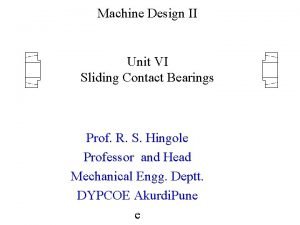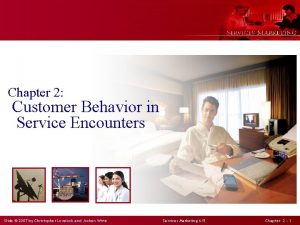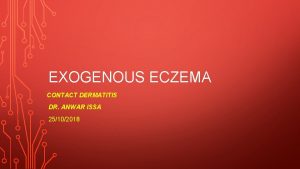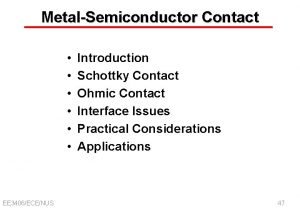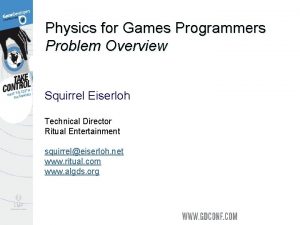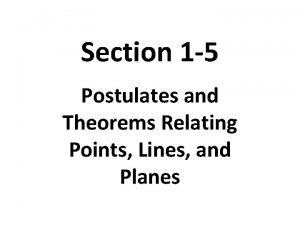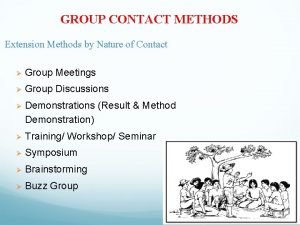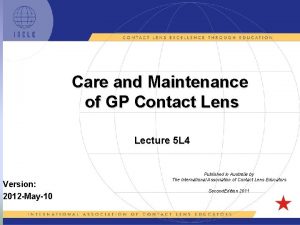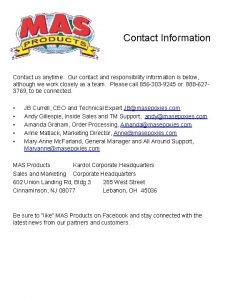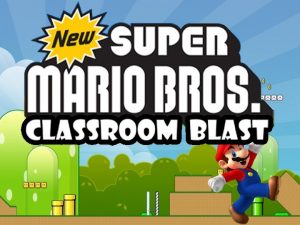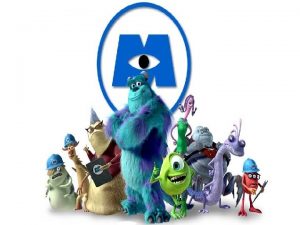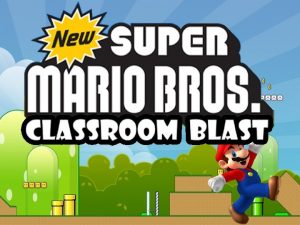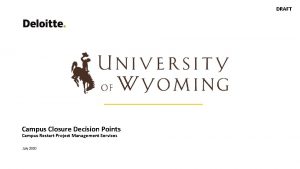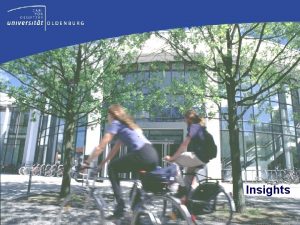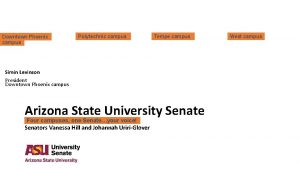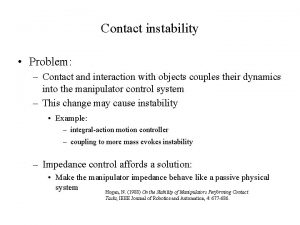Campus Affiliates and Working Points of Contact Campus





















- Slides: 21








Campus Affiliates and Working Points of Contact (Campus Associate Directors) Dale Etheridge, College of Southern Nevada Giles Marion, Desert Research Institute Carrie Bruno, Great Basic College Sandip Thanki, Nevada State College Dan Loranz, Truckee Meadows Community College George Rhee, University of Nevada, Las Vegas Eric Wang, University of Nevada, Reno Robert Collier, Western Nevada College Nevada NASA Space Grant Consortium

Industrial Partners Spec. TIR Built On Integrity Sierra Particle Technologies Digital Solid State Propulsion Sierra Nevada Corporation Hastings Chariots John Hanks Communications Nevada Alliance for Defense, Energy and Business Equipment Links Bigelow Aerospace Nevada NASA Space Grant Consortium






Agenda Overview: • Friday early A. M. - NASA updates and opportunities • Friday late A. M. - Western Regions and Nevada: Opportunities, Research and Programs • Friday Early P. M. Western Regions and Nevada: Opportunities, Research and Programs • Friday Late P. M. – Student Projects and • Wrap up- Assignments… • Eat/Sleep/Eat • Saturday Morning: Miniworkshops • Reports • Look Forward to Oregon and Nebraska • Adjourn


Space Grant was established by Congress in 1988 and implemented by NASA in 1989. The National Programmatic Goal is to "Contribute to the nation's science enterprise by funding education, research, and public service projects through a national network of university-based Space Grant consortia". The Five Main Objectives of the National Program are to: 1. Establish and maintain a national network of universities. 2. Encourage cooperative programs among universities, aerospace industry, and federal, state, and local governments. 3. Encourage interdisciplinary education, research, and public service programs related to aerospace. 4. Recruit and train U. S. citizens, especially women, underrepresented minorities, and persons with disabilities. 5. Promote a strong science, mathematics, and technology education base from elementary through secondary levels.

NASA’s Education Framework (2006)

• • Reno Nevada Western Region Meeting Preview


 Usa hockey affiliates
Usa hockey affiliates Which force
Which force Advantages and disadvantages of sliding contact bearing
Advantages and disadvantages of sliding contact bearing Service marketing chapter 2
Service marketing chapter 2 Force and motion
Force and motion Contact and non contact forces
Contact and non contact forces Hot working and cold working difference
Hot working and cold working difference Hot working metal
Hot working metal Differentiate between hot working and cold working
Differentiate between hot working and cold working Pembentukan plat pada pengerjaan panas
Pembentukan plat pada pengerjaan panas Non contact force definition
Non contact force definition Tension force contact or noncontact
Tension force contact or noncontact Irritant contact dermatitis vs allergic contact dermatitis
Irritant contact dermatitis vs allergic contact dermatitis Is air resistance a noncontact force
Is air resistance a noncontact force Shottky contact
Shottky contact Bullseye brand positioning
Bullseye brand positioning Point of difference and point of parity
Point of difference and point of parity Contact points
Contact points Hard work vs smart work presentation
Hard work vs smart work presentation A plane contains at least _____ point/s
A plane contains at least _____ point/s Group extension method
Group extension method Sereine extra strength daily cleaner
Sereine extra strength daily cleaner


